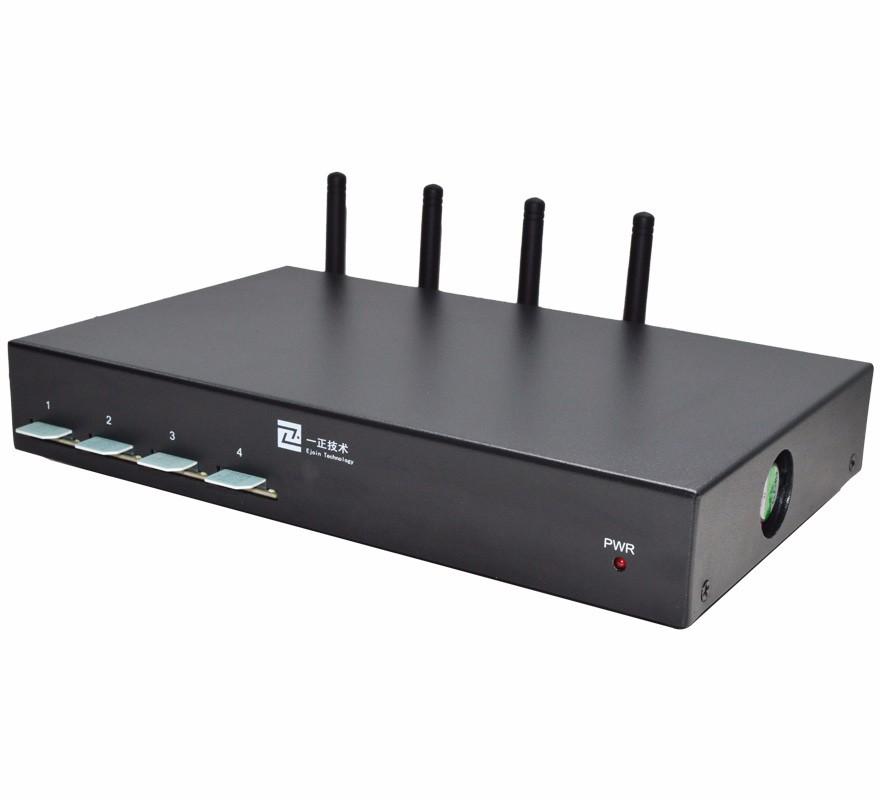Gateway function
When using different communication protocols, data formats or languages, or even between two systems with completely different architectures, the gateway is a translator, and the gateway is The information should be repackaged to meet the needs of the target system, while at the same time playing a role of filtering and security.
The gateway works at the OSI/RM transport layer and all levels above. It repackages information to enable them to be processed by another system. For this reason, the gateway must also be able to communicate with various applications. Communicate, including establishing and managing sessions, transferring, and parsing data. In fact, the current gateway can no longer be completely classified as a kind of network hardware, but can be summarized as a combination of software and hardware that can connect different networks.
Gateway type
According to different standards, gateways can be divided into different types
Divided by connection network:
LAN/Host Gateway: LAN/Host Gateway mainly provides connection services between large computer systems and personal computers
LAN/LAN Gateway: This type of gateway is very similar to a local area network/host gateway. The difference is that this type of gateway is mainly used to connect multiple local area networks that use different communication protocols or data transmission formats. Most current gateways belong to this type of gateway.
Internet/LAN gateway: This kind of gateway is mainly used for access and connection control between the LAN and the Internet.
Divided by product function:
Data gateway: Data gateways are usually used in multiple networks that use different protocols and data formats. Provide data conversion function between.
Application gateway: Application gateway is a dedicated system for data translation in environments that use different data formats.
Security gateway: a security gateway is a collective term for various hardware devices or software that provide system (or network) security protection. It is an organic combination of various technologies, and the scope of protection ranges from Low-level protocol data packets to high-level specific applications.
Meet the conditions
The gateway device is compatible with a variety of external broadband network access methods, and becomes a bridge and gateway between the home network and the external network. The network side interface type includes: one of ADSL, VDSL, LAN, EPON, GPON.
Connect and control all networkable devices in the family, and become the network connection center and control center in the family. Generally built-in layer 2 switch function and DHCP function. User-side interface types include: LAN (ordinary Ethernet)/POS (ordinary telephone interface)/Wi-Fi (wireless local area network interface)/IrDA (infrared data interface), etc.;

Storage and distribution of home internal network Multimedia content becomes the multimedia center within the family.
The following is the product appearance and main parameters of a home gateway:
ZXA10421 is mainly used for FTTH/FTTO applications, providing access to major customers, dedicated line users, and multi-users. Ethernet and wireless service access.
Size: 210mm(W)x245mm(D)x76mm(H)
Power supply and power: 12W/DC12V
Line side: 1 PON port ( SC/PC)
User side: 4 10/100Base_T interfaces; wireless WiFi interface, IEEE802.11b/g
Business function: data Internet access external PPPOE dial-up, wired and wireless Internet access; IPTV external set-top box; VOIP external IAD.
Application prospects
There will be a large number of applications for gateway devices. Its largest and most common application is to simultaneously share a broadband network access by multiple PCs in the home. For example, a child at home can access the Web to learn school courses, while another family member can do online shopping at the same time. Realize that multiple people perform network operations at the same time, without waiting for others to complete the operation.
The application of gateway equipment is not only high-speed Internet access. When broadband access enters the home in the future, it will bring more service content, not only Internet access, but also hybrid video Videophones and audio information streams, and other interactive entertainment services, such as online games.
The gateway device will execute an intelligent routing algorithm to distribute these information streams (data) to various telephones, smart appliances, digital TVs and audio equipment. For example, advanced home gateways can use caller ID information to send a phone call to a phone in the family. Children's phones can only be delivered to their rooms, or phone calls after 10pm (excluding emergency calls) can only be Deliver it away from the bedroom.
There are many new development trends in how the above technologies are applied to the family. The first is high-speed broadband Internet access into the home. Currently, approximately 1% of American households have DSL and Cable modems. By the end of 1999, more than 1 million American households had installed them. Forrester Research Institute estimates that by 2003, more than 20 million American households will have broadband access via DSL or Cable modem.
Secondly, the number of connected households will also grow rapidly by 2002. Jupiter Communications expects there will be 15 million home networks by then. The development trend of home network will be accelerated by the use of multiple PCs and other electrical equipment in the home. In 1999, 60% of new PC purchases came from households that already had a PC. Currently, approximately 15% of American households have multiple PCs.
